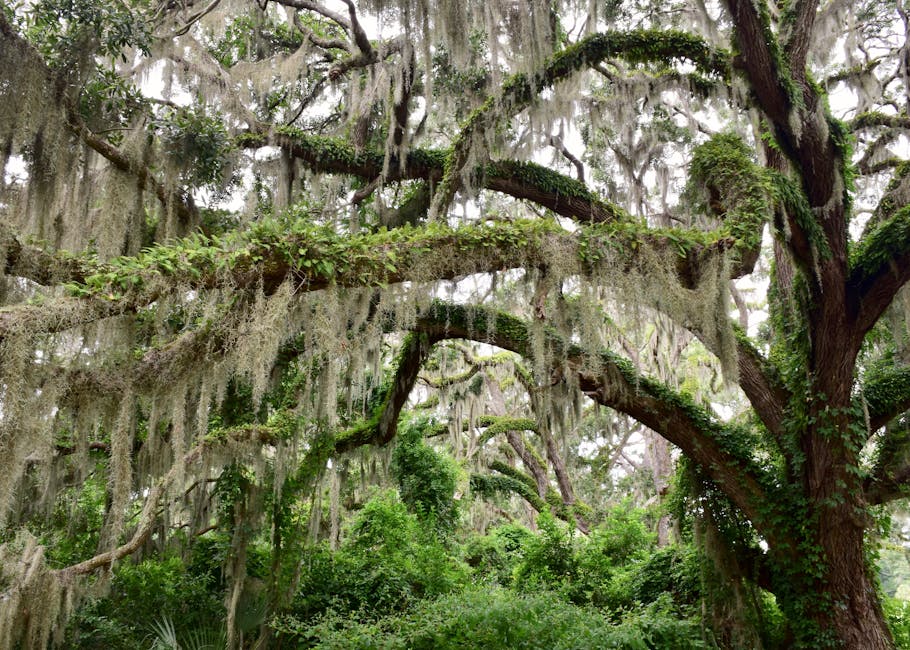Pinpoint the Characteristics of Rams Head Fungi – 8 Clues
Pinpoint the Characteristics of Rams Head Fungi – 8 Clues

Foraging for mushrooms is a rewarding experience, connecting us with nature’s bounty. However, accurate identification is crucial, especially when dealing with look-alikes. The Rams Head mushroom, also known as Grifola frondosa, is a prized edible fungus, but distinguishing it from similar species requires careful observation. This guide provides eight key characteristics to help you confidently identify a true Rams Head mushroom, ensuring a safe and delicious foraging adventure. Misidentification can have serious consequences, so understanding these distinct features is paramount. This article equips you with the knowledge to differentiate the Rams Head from potential impostors, focusing on its unique morphology and growth habits. Let’s delve into the details and empower you with the tools for successful Rams Head identification.
Identifying the Rams Head: Key Features
Growth Habit and Appearance
The Rams Head mushroom exhibits a distinctive clustered growth pattern, resembling a large, ruffled head of lettuce or a cauliflower. Numerous overlapping, spoon-shaped or fan-shaped fronds emerge from a central base. These fronds, typically grayish-brown to tan in color, create the characteristic “rams head” appearance. Unlike many other polypores, the Rams Head does not have a singular cap and stem structure. Its unique, clustered form is a crucial identifying feature. The fronds are generally thin and flexible, with a slightly leathery texture. This clustered, frondose structure is a key differentiator from other fungi.
Size and Weight
Mature Rams Head mushrooms can reach impressive sizes, ranging from 5 to 40 centimeters in diameter, and weighing up to several kilograms. The individual fronds typically measure 2 to 10 centimeters across. The sheer size and weight of a mature specimen are often striking and can be a helpful clue in identification. However, younger specimens will be smaller, so size alone should not be the sole determining factor. Consider the overall growth habit and other characteristics in conjunction with size.
Color and Texture
The color of the Rams Head mushroom ranges from grayish-brown to tan on the upper surface of the fronds, often with lighter edges. The underside is typically whitish to pale cream. The texture of the fronds is smooth to slightly wrinkled, and they become somewhat leathery as they mature. These color and texture variations are important to note for accurate identification.
Habitat and Seasonality
Where to Find Rams Head Mushrooms
Rams Head mushrooms are typically found at the base of oak trees, or occasionally on other hardwoods. They are a parasitic fungus, weakening the host tree over time. They prefer damp, shaded areas and often grow in the same location year after year. Understanding their preferred habitat is essential for successful foraging. Look for them in older forests with established oak populations.
Growth Season
The Rams Head mushroom typically fruits in late summer and fall, generally from August to October, depending on the climate and location. Knowing the growth season can significantly increase your chances of finding these elusive fungi. Keep an eye out for them during these months, especially after periods of rain.
Spore Print and Microscopic Features
Spore Print Analysis
A spore print is a crucial tool for mushroom identification. The Rams Head mushroom produces a white spore print. To obtain a spore print, remove a few fronds and place them gill-side down on a piece of dark paper or glass, covering them with a bowl or cup to maintain humidity. After several hours, the spores will have fallen, revealing the characteristic white print. This is a valuable distinguishing feature.
Microscopic Characteristics
While not always practical in the field, microscopic examination can confirm Rams Head identification. The spores are elliptical and smooth, measuring approximately 5-7 by 3-4 micrometers. This level of detail requires specialized equipment but can be helpful in differentiating closely related species.
Look-Alikes and Differentiation
Distinguishing from Similar Species
Several other fungi share some similarities with the Rams Head, making accurate identification crucial. The Hen of the Woods (Grifola umbellata) has a similar growth habit but features smaller, more branched fronds and a more grayish color. The Cauliflower Mushroom (Sparassis crispa) also resembles the Rams Head but is typically lighter in color and has more tightly curled fronds. Careful observation and attention to detail will help you distinguish these species.
| Feature | Rams Head | Hen of the Woods | Cauliflower Mushroom |
|---|---|---|---|
| Frond Shape | Spoon-shaped, fan-shaped | Branched, smaller | Tightly curled |
| Color | Grayish-brown to tan | Grayish | Whitish to cream |
| Growth Habit | Clustered | Clustered | Densely clustered |
- Key Differentiator 1: Frond shape and size.
- Key Differentiator 2: Overall color and texture.
- Key Differentiator 3: Host tree preference.
Conclusion
Identifying Rams Head mushrooms requires careful attention to detail. By understanding the eight key characteristics outlined in this guide – growth habit, size and weight, color and texture, habitat, seasonality, spore print, microscopic features, and differentiation from look-alikes – you can confidently distinguish this prized edible fungus. Always prioritize safety and consult with experienced foragers or mycologists if you are uncertain about an identification. Responsible foraging practices ensure the preservation of these fascinating organisms for generations to come.
What is the best time of year to find Rams Head mushrooms?
Rams Head mushrooms typically fruit in late summer and fall, from August to October.
What trees do Rams Head mushrooms grow on?
They are typically found at the base of oak trees, or occasionally on other hardwoods.
What is the key distinguishing feature of a Rams Head mushroom’s growth habit?
The Rams Head mushroom grows in a clustered formation, with numerous overlapping fronds emerging from a central base.
What color is the spore print of a Rams Head mushroom?
The spore print of a Rams Head mushroom is white.
What are some look-alikes of the Rams Head mushroom?
Look-alikes include the Hen of the Woods and the Cauliflower Mushroom.